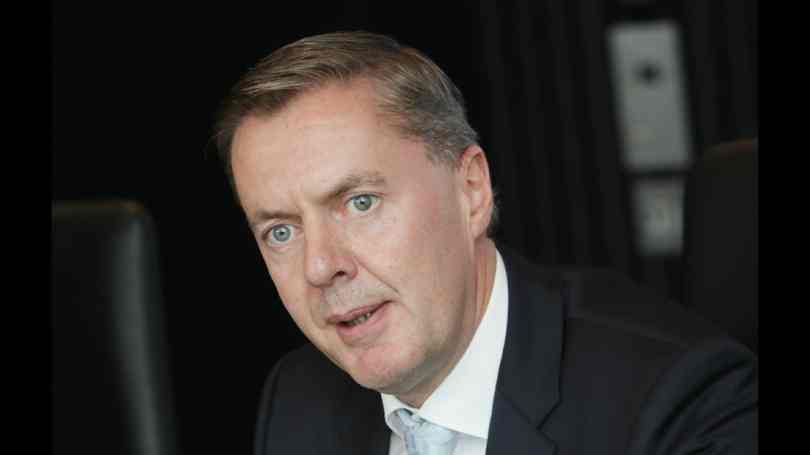The first half of this year will see continued economic weakness due to the pandemic, but a recovery in the second half will continue into 2022, according to the Central Bank.
The monetary authority’s second Quarterly Bulletin forecasts growth in domestic demand of 2.8% this year and 3.9% in 2022. The bank, pointing out that GDP growth of 3.4% last year masked a severe decline in domestic demand, seems to be focusing on demand behaviour as the key to recovery due to the volatility induced by the virus.
The bulletin assumes successful deployment of vaccines by the second half of the year, and continued support from via monetary and fiscal policy, and on this basis foresees strong recovery in the metric. As for GDP, given a strong export performance it should bounce by almost 6% this year and 4.7% next.
Director of economics and statistics Mark Cassidy (pictured) commented: “The Covid-19 pandemic, and the measures to contain its spread, continue to suppress economic activity. Our forecast is for activity to remain subdued in the coming months before gradually recovering in the second half of 2021 and then picking up momentum in 2022.
“This should bring the level of domestic economic activity back to 2019 levels. However, the rate of unemployment in 2022 will still remain higher than its pre-pandemic level.”
The GDP problem with Ireland’s national accounts appears to be reflected again in the combination of a rise of 3.4% in 2020 with a severe decline of 5.4% in domestic demand, one of the worst in the EU.
Output declined in all but the pharmaceutical and IT sectors, with the largest declines in sectors with a high dependence on face-to-face contact with customers including the arts, hotels, bars and restaurants and high-street retailers. Private consumption in 2020 was down by 9% compared with the previous year.
Mass Unemployment
The impact of the pandemic is particularly evident in the labour market, says the bulletin. The Covid-19-adjusted rate of unemployment, which includes those workers who are receiving Pandemic Unemployment Payment, stood at a 24.8% in February 2021. Around 960,000 people, or 40% of the labour force, are now in receipt of one form of income support or other.
While average disposable incomes have been protected due to significant government income supports, and indicators of financial distress such as firm liquidations have been limited to date, they are likely to become more evident as we emerge from the pandemic, according to the CBI.
On policy from here on, the Central Bank says support should continue to counter the threat to viable economic activities and employment from the pandemic and facilitate structural transformations which support economically sustainable activities.
“This would help to enhance resilience, support the productive capacity of the economy and mitigate scarring effects, such as long-term unemployment,” it says.
Pic: RollingNews.ie










